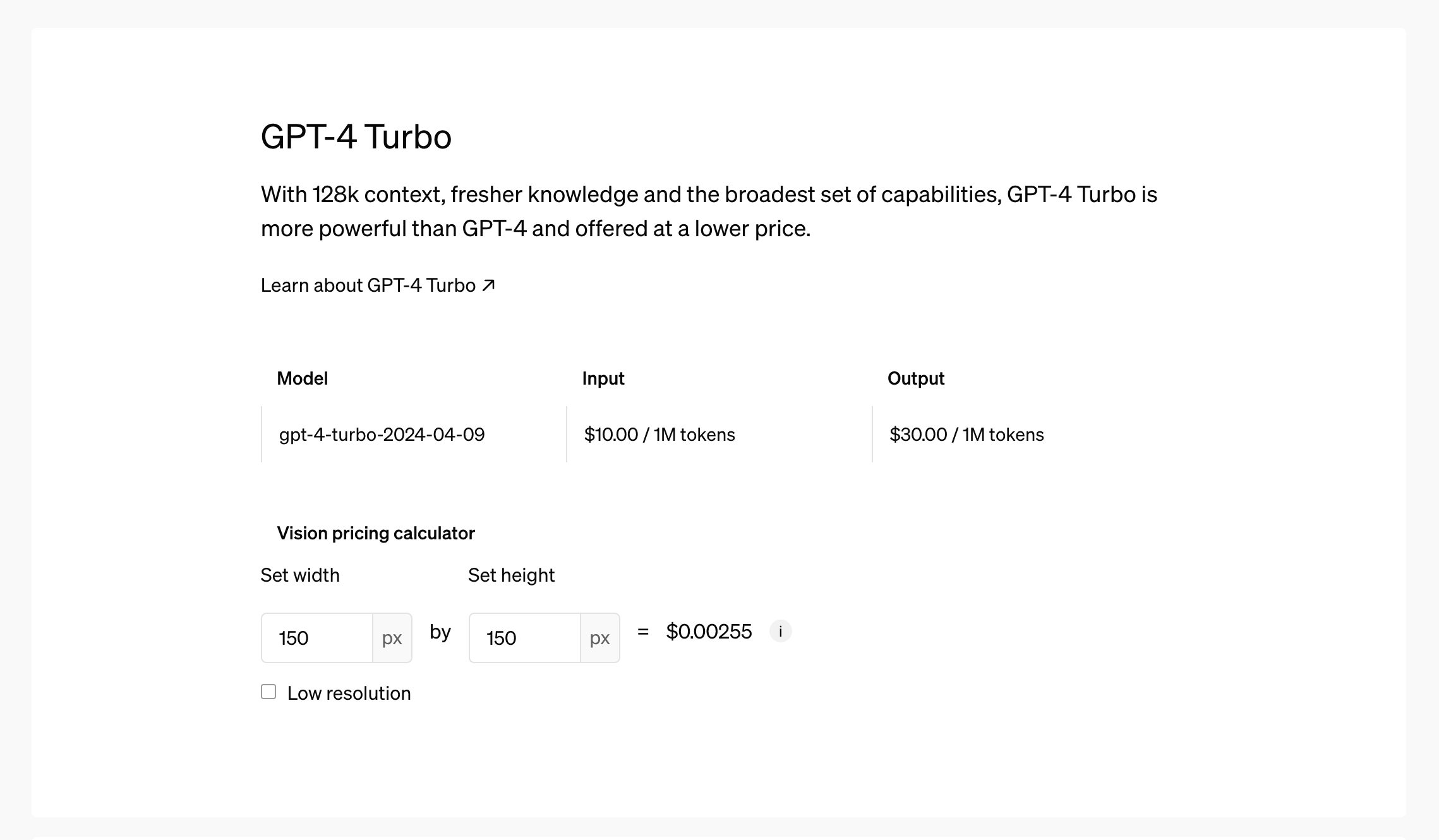Best Practices
A Founder's Guide to Consumption-Based Billing
Consumption-based billing where customers pay based on their consumption or usage of a product or service has emerged as a game-changing strategy for the the most recent wave of AI, data, and SaaS infrastructure companies. This method of billing typically comes in the form of prepaid credits or postpaid usage of the product.

Prepaid Credits
Prepaid credits are a payment model where customers buy a set amount of monetary or product token credits upfront and then burn down through them based on usage. These credits can then be used to access various AI driven features, LLM usage, data processing, and other computational resources. This model is similar to prepaid mobile phone plans, where users pay in advance for a certain amount of service.
Popularity with AI Companies
Prepaid commitments provide revenue upfront and cash inflows that increase liquidity especially in AI and SaaS infrastructure products where the cost of compute is high. It also offers a mechanism to get stability in revenue, particularly when dealing with customers with high demand fluctuations.
The prepaid credits model also works more favorably for larger deals than standard usage-based billing because they offer predictability that is valued by both the provider and the customer.
For instance, this popular pricing model is most notably leveraged by OpenAI to give flexibility to developers and large enterprises alike while ensuring upfront revenue.

Postpaid Usage
Usage-based billing, also known as pay-as-you-go billing, charges customers based on their actual usage of a service. This model aligns costs directly with the consumption of resources, making it a highly efficient and cost-friendly approach, especially for startups.
Popularity with SaaS Infrastructure Companies
Postpaid usage charging is certainly the norm in core SaaS infrastructure companies such as AWS and GCP, but are definitely being adopted explicitly with other infrastructure companies providing additional value on top of these core building blocks such as webhooks, deploy capabilities, data pipelines etc.
The Impact of Consumption-Based Billing Models
The adoption of prepaid credits and usage-based billing models has profound implications for AI and SaaS infrastructure companies.
- Enhanced Customer Acquisition: By offering simple, flexible and customer-centric pricing models, companies can attract a wider range of customers, from startups to large enterprises, each with unique needs and budget constraints.
- Revenue Optimization: These models enable companies to optimize their revenue streams. Prepaid credits provide upfront cash flow, while usage-based billing can capture value from high-usage customers, balancing the revenue mix.
- Improved Customer Retention: Prepaid credits can drive deeper customer engagement. When clients invest in credits, they are more likely to make full use of the services they have paid for. This increased usage not only benefits the customer, who maximizes their investment, but also provides the company with valuable data on how their services are being utilized.
- Forecasting Trickiness: While there are a lot of benefits, one of the biggest challenges with a consumption-based pricing model is accurate forecasting for the future. With consumption-based pricing models there is inherent lack of predictability as compared to fixed-priced recurring models. While some can be countered by imposing usage minimums, forecasting is still a challenge.
How Maple Can Help
In a crowded market, innovative pricing models can serve as a key differentiator, helping companies stand out and gain a competitive edge.
Maple has complete support for both these models along with additional capabilities such a usage-minimums to help you quickly experiment and make the right decisions for your revenue growth. Consumption-based billing can play a big role in differentiating yourself from products with legacy pricing models that require cost commitments up-front. You can enable customers to determine the value and usage of your product at their own pace before upselling them.
Maple has already enabled a number of companies in the AI and SaaS infrastructure space iterate on their pricing models. Some of these include companies like Rocketbrew, Convoy, Ignition and StoryGen.
Book a demo to learn more about how Maple can help you with consumption-based billing for your product.